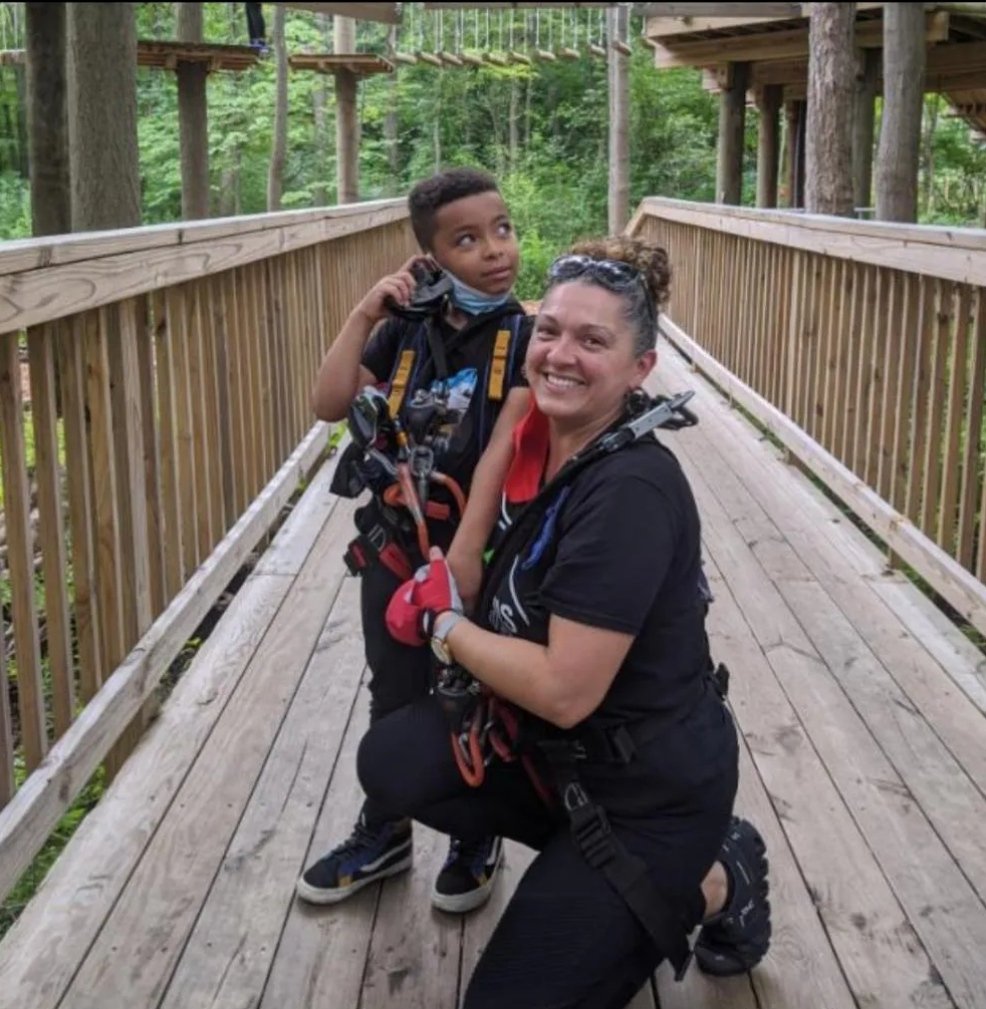NYC after-school program to help students with disabilities catch up following COVID disruptions

The special education recovery program was pitched as a cornerstone of former Mayor Bill de Blasio’s plan to help students make up for lost learning during COVID.
The city set aside about $200 million of federal stimulus funding to enable every school to create their own after-school and Saturday programs, offering small group sessions in reading and math or services like speech and physical therapy that had been difficult to deliver remotely.
“The bottom line is we’re going to do something that’s never been done in the history of New York City public schools, huge new investments, very bold and ambitious approaches to bring us back from COVID and then go farther,” de Blasio said last summer.
But interviews with over a dozen parents, educators, and advocates suggest that the program’s rollout hasn’t matched the mayor’s soaring rhetoric, even as some parents say their children have benefited from the additional help.
Education department officials said the program was offered to all of the city’s roughly 192,000 students with disabilities. By the end of the school year, education officials expect 35% of these students across the city will have received the extra, voluntary services. Education department spokesman Nathaniel Styer declined to say how many students have participated to date.
The program got off to a shaky start, with the education department delaying implementation until December at many schools. School leaders couldn’t find enough educators interested in working after hours, and school officials did not guarantee yellow bus transportation, making it difficult for many children to participate.
Some parents were turned off by limited communication about what services their children would receive, even as officials vowed the program would be individually tailored based on conversations between families and teachers.
On top of that, key details were left up to individual principals, which allowed them to be flexible and meet students’ needs, but also created big gaps in the type and quantity of available services.
At certain schools, the program lasted just 10 weeks, while others are continuing through the end of the school year. City guidance said students should be eligible for additional cycles of services “as needed” beyond the fall. And with the education department’s blessing, schools had the option to provide recovery services virtually, which garnered mixed reactions among parents.
“It seems to be really inconsistent in how much they’ve been able to do for kids at different schools,” said Maggie Moroff, a special education expert at Advocates for Children, a nonprofit group. Schools are “offering what they have as opposed to what the kids need.”
Education department spokesperson Suzan Sumer emphasized the benefits of giving school leaders some leeway in running their own programs: “Our schools know our students best, and this program operates at the school level to give our students exactly what they need.”







